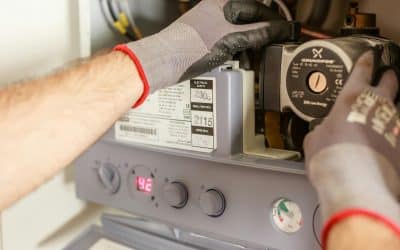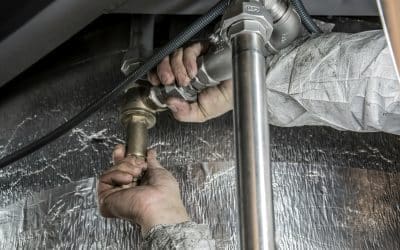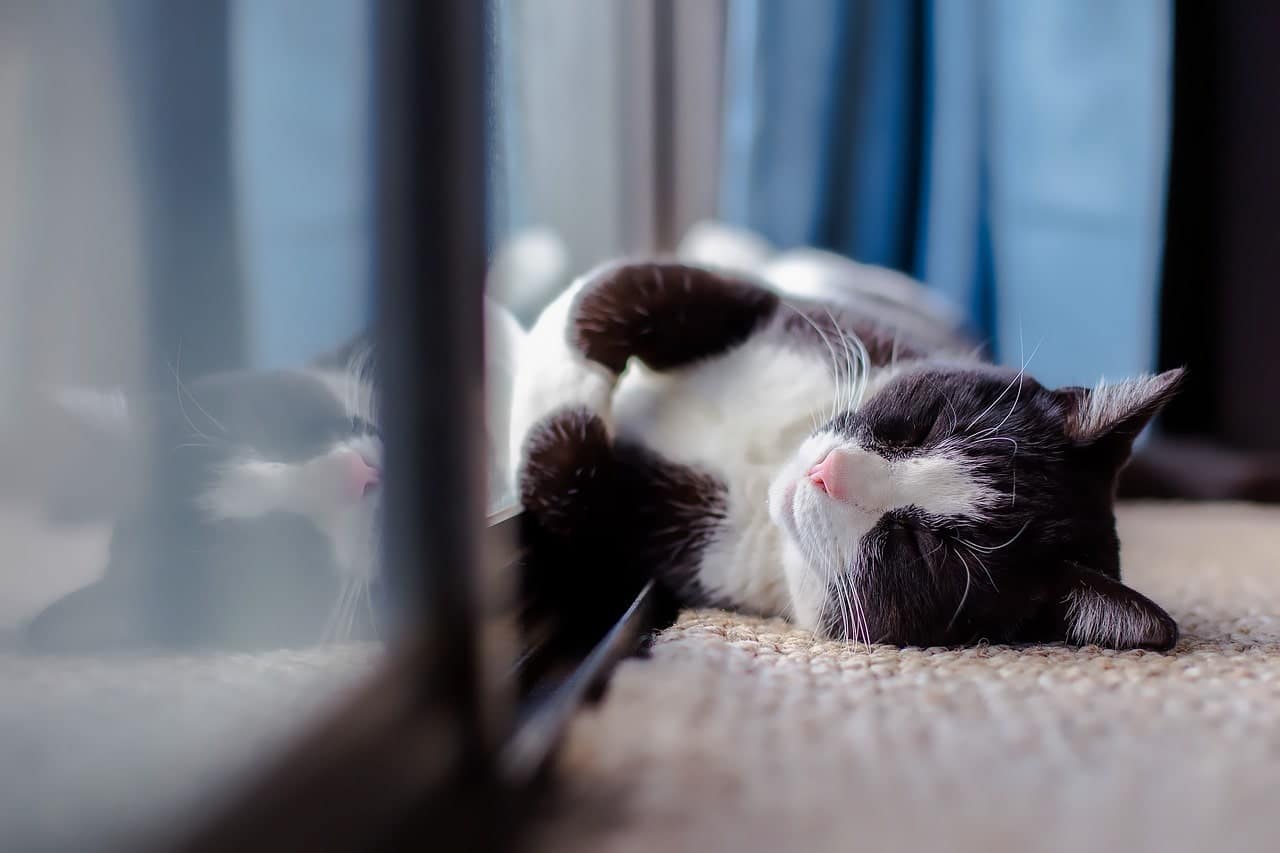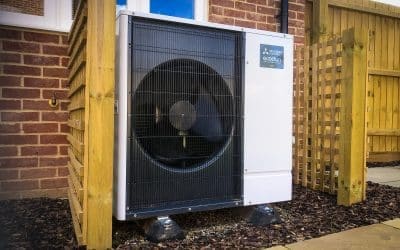Heat pump installation has become quite popular both in homes and commercial buildings as they are much more efficient than traditional heating systems.
An average heat pump lasts for up to 15 years and if you look after its maintenance and servicing, you can add more to its life expectancy. This means steering clear of the ‘don’ts of using a heat pump’ to reduce your energy consumption and to maximise the lifespan of your investment.
At JL Phillips, we have compiled a comprehensive list of “don’ts” that will help you optimise heat pump efficiency in the long run.
Let’s take a look!
1. Don’t Fret Over the Temperature Reading
When compared to traditional heating systems, both air and ground source heat pumps calculate the ambient room temperature differently. You can simply set your heat pump to a comfortable temperature and then over the next few days, experiment to find the temperature that feels right for you. Unless there’s significant changes in weather, there’s no need to go messing with the temperature like you might with a traditional boiler.
2. Don’t Leave Your Existing Heating Equipment Turned All the Way Up
If you leave your old heating solution cranked up, it will begin to compete with your heat pump which will result in wastage of both energy and money. Ensure that you turn your thermostat to 10°C lower than usual in heat pump controlled zones. For instance, if you set it up to 30°C, then lower it to 20°C.
This way, you allow your old heating system to become the backup source for temperature control, if and when it’s needed. If it becomes extremely nippy, don’t hesitate to crank up your thermostat temporarily.
3. Don’t Fiddle with the Settings Every Day
You may have tinkered around a bit with the settings on your old heating system but a heat pump works differently. It tends to be more efficient if stable temperatures are set and maintained. As mentioned earlier, after installing a heat pump, give it a couple of days to find a setting that works for you.
Once you do that, leave the system be and let it work. The only exception to toy around with the settings is when you are likely to be absent from your home for more than 24 hours.
In that case, feel free to turn the settings to a lower temperature.
4. Don’t Walk On Eggshells with Your Heat Pump
A heat pump is a highly advanced bit of equipment capable of delivering superior levels of efficiency. So, the best way to take advantage is to use it to its fullest potential and get as much heating from it as possible. Try experimenting with its heat dispensing range by throwing open a window or a door while turning the fan speed right up. While doing this you will realise just how much space a heat pump is actually capable of covering.
5. Don’t Use the “AUTO” Mode
With the “AUTO” mode available you might want to give that a shot as you naturally assume that it’d be a more efficient way to heat your home. Here’s the catch though – if you use the system on AUTO mode, your heating unit can unnecessarily switch between cooling and heating options.
Your heat pump will perform more efficiently when it is set on “HEAT” mode in the cold months and “COOL” mode in the warmer months.
6. Don’t Use the Fan Speed At the Lowest Setting
It may sound strange but heat pumps tend to work better when used with a higher fan speed setting. It’s true that high fan speeds can cause more ambient noise in the background due to the movement of the air, but this isn’t something you’re typically likely to notice. Try using the highest speed that doesn’t disturb you and then key in your preferred temperature setting as per your comfort level.
7. Don’t Skimp on Heat Pump Maintenance
This is applicable to any heating solution as it is important to diligently keep up with the servicing and maintenance of our systems. While some of the maintenance you can perform yourself, for more thorough upkeep, it is best to seek professional help. A qualified technician can clean out the debris, ice and snow and can help you replace the cartridges. We recommend that you schedule a maintenance appointment every year or two.
….and there you have it – the “don’ts” of using a heat pump!
Contact JL Phillips for Heat Pump Maintenance
To increase your system’s life expectancy, ensure that you implement all the measured discussed above. That way you can get more out of your system while operating it at peak efficiency!
For more information, contact the heating specialists at JL Phillips today!





